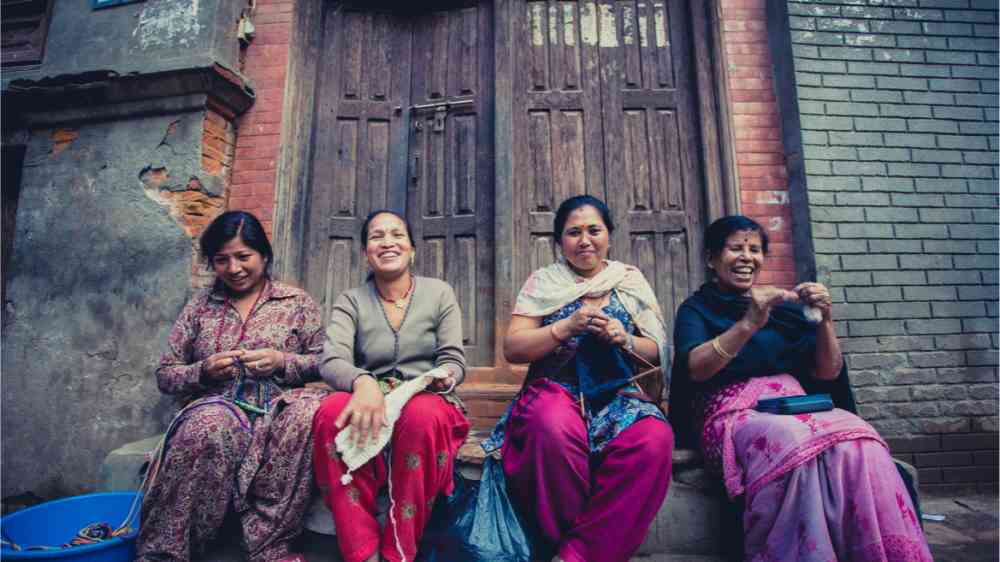How to comprehensively integrate protection, gender and inclusion in anticipatory action: a case study from Nepal

Nepal, a country nestled amid the majestic Himalayas, is no stranger to disasters. However, it has embraced a groundbreaking approach – anticipatory action – to transform disaster management. By proactively preparing for potential hazards, the Danish Red Cross and Nepal Red Cross Society are saving lives and empowering communities.
This blog post shares a captivating case study that showcases how anticipatory action, with a strong focus on protection, gender and inclusion, is having a remarkable impact in Nepal. It explains how, from risk assessment through to response, the two National Red Cross Societies prioritize protection, gender and inclusion to ensure that the unique needs and vulnerabilities of various groups are addressed.
During the risk assessment phase, they consider the diverse social dynamics and power structures within communities. This includes identifying individuals at risk, such as women, children, persons with disabilities and marginalized community members, and understanding their specific risks and challenges.
By acknowledging these factors, the Danish Red Cross and Nepal Red Cross Society can develop targeted and inclusive anticipatory action plans.
A proactive approach consists of prepositioning emergency supplies and resources in disaster-prone areas. This ensures that vulnerable groups have access to essential items including food, water, first aid and hygiene kits, in times of crisis. Training sessions and mock drills are also conducted to enhance the disaster response capacities of communities, with a particular focus on empowering women, children and marginalized groups.
Groups of adolescents were particularly involved in the capacity-building sessions and are considered as key actors in the inclusive early-warning communication channels established for emergencies. For example, adolescent girls voiced their concerns around intimacy and risks of violence. As a result of this communication, temporary evacuation sites were adapted to accommodate separate toilets and women- and child-friendly accessible bathrooms, and to create breastfeeding and changing rooms.
During the early warning phase, the National Societies strive to make information accessible to all, regardless of literacy levels or language diversity (including disability). Text messages, radio broadcasts, community networks and volunteers are used to disseminate timely alerts and early warnings about potential hazards. This enables communities to take immediate action to protect themselves and their assets.
In the response phase, the National Societies establish safe spaces where the most vulnerable groups – including women, children, persons with disabilities, senior citizens and other marginalized groups, including survivors of sexual and gender-based violence – can receive support and protection to address their specific needs and ensure their safety and well-being. Inclusive relief support includes specifically needed items, establishing a helpdesk for feedback, setting up reporting and response mechanisms, and also referral pathways for additional support (e.g., psychosocial counselling, health and legal support).
In all stages of the disaster response process, community engagement is prioritized. Local knowledge and expertise are valued, and community members, particularly women, children and marginalized groups, are involved in decision-making processes. Their active participation ensures that their voices are heard, their concerns are addressed, and they become agents of change in their communities.
Overall, Nepal's comprehensive integration of protection, gender and inclusion throughout the disaster response process showcases a commitment to leaving no one behind. By prioritizing the protection, gender equality and social inclusion of vulnerable groups, the Danish Red Cross and Nepal Red Cross Society are helping to build a more resilient and equitable society.